Is the oil from coffee beans a good thing or a bad thing? Knowledge of Coffee Oil and Baking extraction
Professional coffee knowledge exchange More coffee bean information Please pay attention to coffee workshop (Weixin Official Accounts cafe_style)
As coffee fans will inevitably find that some roasted coffee beans will appear on the surface of oil. Coffee oil has always been the object of public discussion, and the oil (Crema) on espresso coffee has become a hot topic in the coffee industry (extended reading: deconstruction of coffee oil causes). Some people believe that oil is an integral part of coffee flavor, but there are also concerns about the health risks posed by these coffee oils.
Is coffee beans "oily" and good or bad? Should I buy coffee beans that look "oily" or "not oily"? This time, starting from coffee beans, we will discuss how the roasting and extraction process affects these oils, so as to understand the good and bad of these coffee oils.

Coffee oil that is not grease
Coffee beans, like other seeds such as chestnut rice and soybeans, contain oil. However, the oil on the surface of coffee beans is not the same as that on espresso. The oil on the surface of coffee beans is a water-soluble organic substance that looks like an oil, while "coffee oil" itself contains many aromatic ingredients of coffee and can be dissolved in water. So the surface of your brewed coffee is not covered with greasy grease.
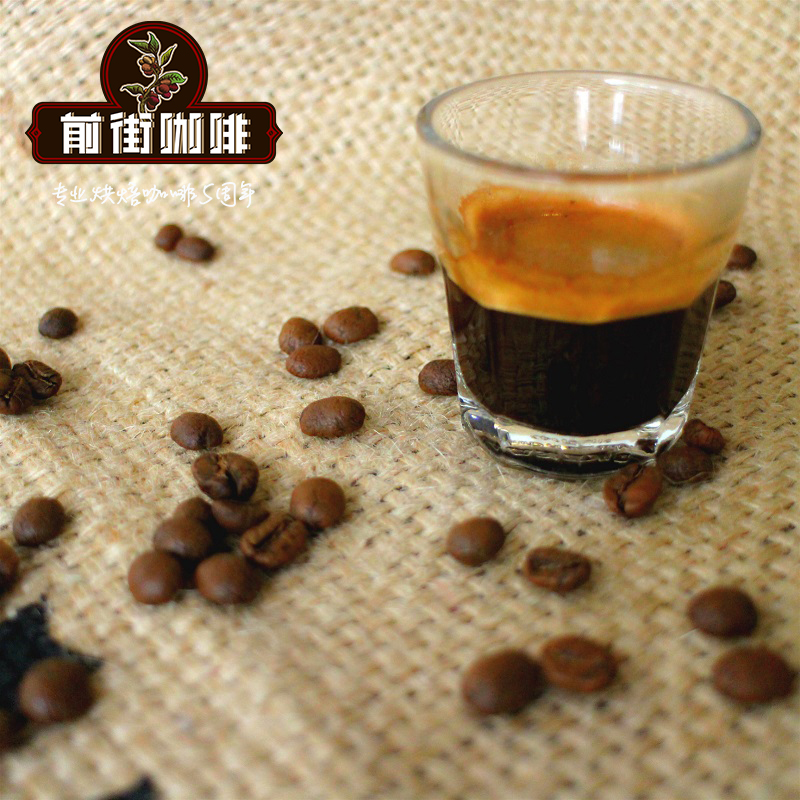
After the coffee is ground, the aroma and oil will begin to volatilize and release, and the flavor of the brewed coffee will gradually decrease with the release. Therefore, the existence of coffee oil is the easiest way to judge the quality of coffee.
The two most familiar coffees are Arabica and Robusta, which are low in caffeine (0.8-1.4%) and about 10% fat, while robusta caffeine contains 1.7-4%. Coffee oil is 60% less than Arabica. Arabica has become the first choice of glutton because of its low caffeine content and high fat flavor.
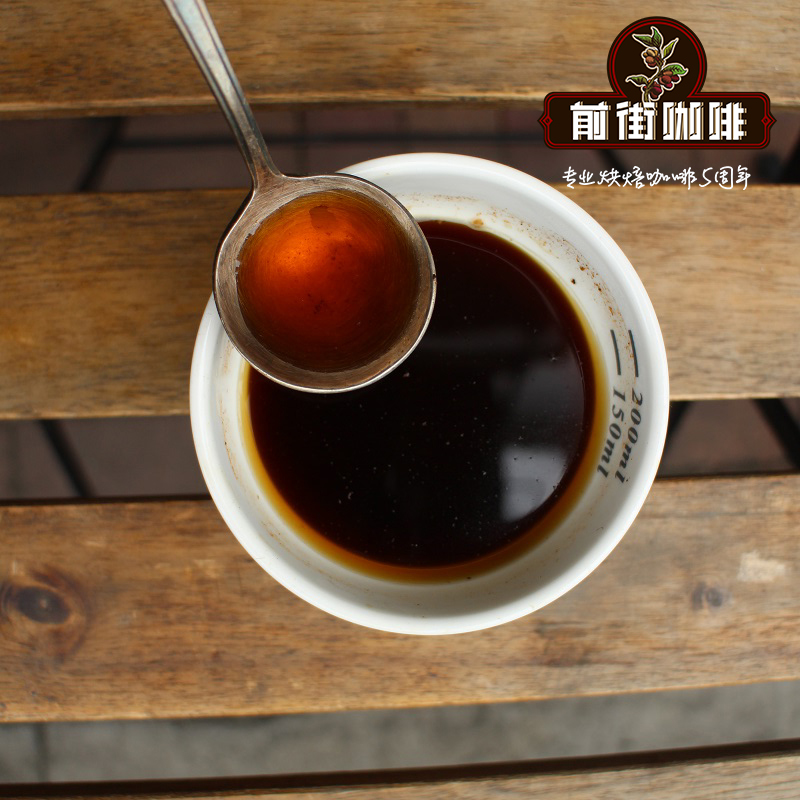
There are two reasons for "out of oil beans".
The oil content on the surface of coffee beans is generally affected by the baking method.
1. Stale shallow baked beans
The "light roasted beans", which are light in heat and light brown in appearance, will not produce oil after baking, and the phenomenon of "dotted oil" (dotted oil droplets on one side of the coffee bean) begins to appear about six days after baking. Slight "dotted oil" does not mean that it is not fresh, but sometimes the flavor of shallow roasted coffee beans is at its peak. Continue to put, more than two weeks after baking, the surface of shallow baked beans gradually covered with a bright glow, at this time, the flavor of "shallow baked beans" has begun to decline, should avoid buying or drinking as soon as possible. In addition, in the process of roasting, coffee beans are partially dehydrated due to uneven heating. On the second to fifth day after baking, the oil content will also appear in a dotted way, which is different from the oil coming out of the whole surface of deep-cultured coffee. Anyway, if the shallow coffee beans appear the above two situations, either it means that the baking is not good, or that the date is not fresh, it is not recommended.

two。 Fresh deep baked beans
Deep-baked beans with dark brown appearance show a slight glossy appearance after baking, and a large amount of oil begins to appear on the surface from the second day to the fifth day after baking. When coffee beans are roasted deeply, they will produce oil because of their high dehydration rate, so if deep-roasted beans begin to produce oil on the surface in the first day or two of storage, it is a normal phenomenon. The oily "deep-baked beans" do not mean that they are not fresh. On the contrary, the deep-baked beans will gradually dry out three weeks after they come out of the oven, and finally become dry and unoily deep-tasting beans. Therefore, if you see the coffee beans that are dry and not oily, but the appearance is dark brown, please pay special attention to whether they indicate the baking date, which is very likely to be spoiled beans.
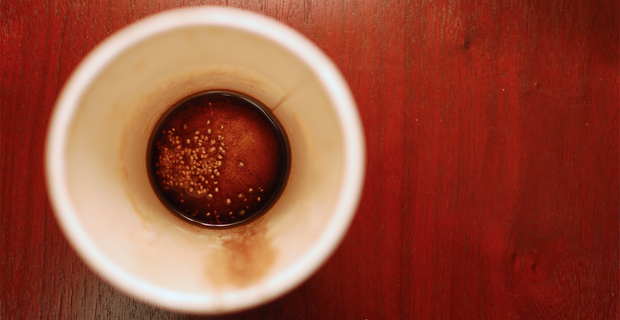
Coffee bean freshness and coffee bean oil production
Roasting Degree Coffee Bean Oil Production
light baking
Basically, light baked beans will not produce oil, so even if they are put for more than two months, they will not produce oil, so light baked beans cannot be used to distinguish between freshness and freshness.
Light medium baking
Light and medium roast coffee beans if put more than a month is slightly fat, if light and medium roast beans have seen fat, basically has been not fresh coffee beans.
medium roast
The darker the roast (6--6.5), the lighter the roast (5--5.5), the lighter the roast (5--5.5).
medium deep roast
About 2- 4 days later will begin to oil, medium and deep baked beans in 2 weeks later, feel the whole will be oily bright, at this time have to remind themselves to drink early, aroma has been quickly lost.
Deep bake-heavy bake
Deep baking begins to produce oil after baking, and rebaking begins to produce oil in the pot, so the beans are oily and bright, so deep baking beans cannot be used to distinguish between freshness and freshness.
The appearance of oil is not a way to judge the freshness of coffee beans.
Even if it is not fresh, the appearance of oil "light baked beans", in a long time (such as three months) after the appearance will gradually dry, and finally return to the appearance of dry oil. It can be seen that whether the appearance of oil is only a reference to judge the freshness of coffee beans, not absolute. (fresh)
Extraction method affects oil content
An unroasted coffee bean is about 15% to 18% coffee oil, of which 80% oil is triglyceride, and cafestol and white fat (Kahweol) are the most important components of triglyceride in coffee, which is saturated fat. The American Heart Association does not recommend that adults drink too much, or else they increase their risk of heart disease.
However, we do not have to worry too much about the health problems brought by coffee, because although coffee beans themselves have oil, but the proportion of oil in coffee depends on the extraction method. Hand-brewed coffee has the lowest oil content because filter paper separates the oil. Hand-brewed coffee is more popular in Southeast Asia, such as Japan, Taiwan, etc., mainly because the water quality in these areas is soft (soft water); soft water can extract a richer coffee flavor, so even if the coffee oil is filtered, coffee still has enough flavor.
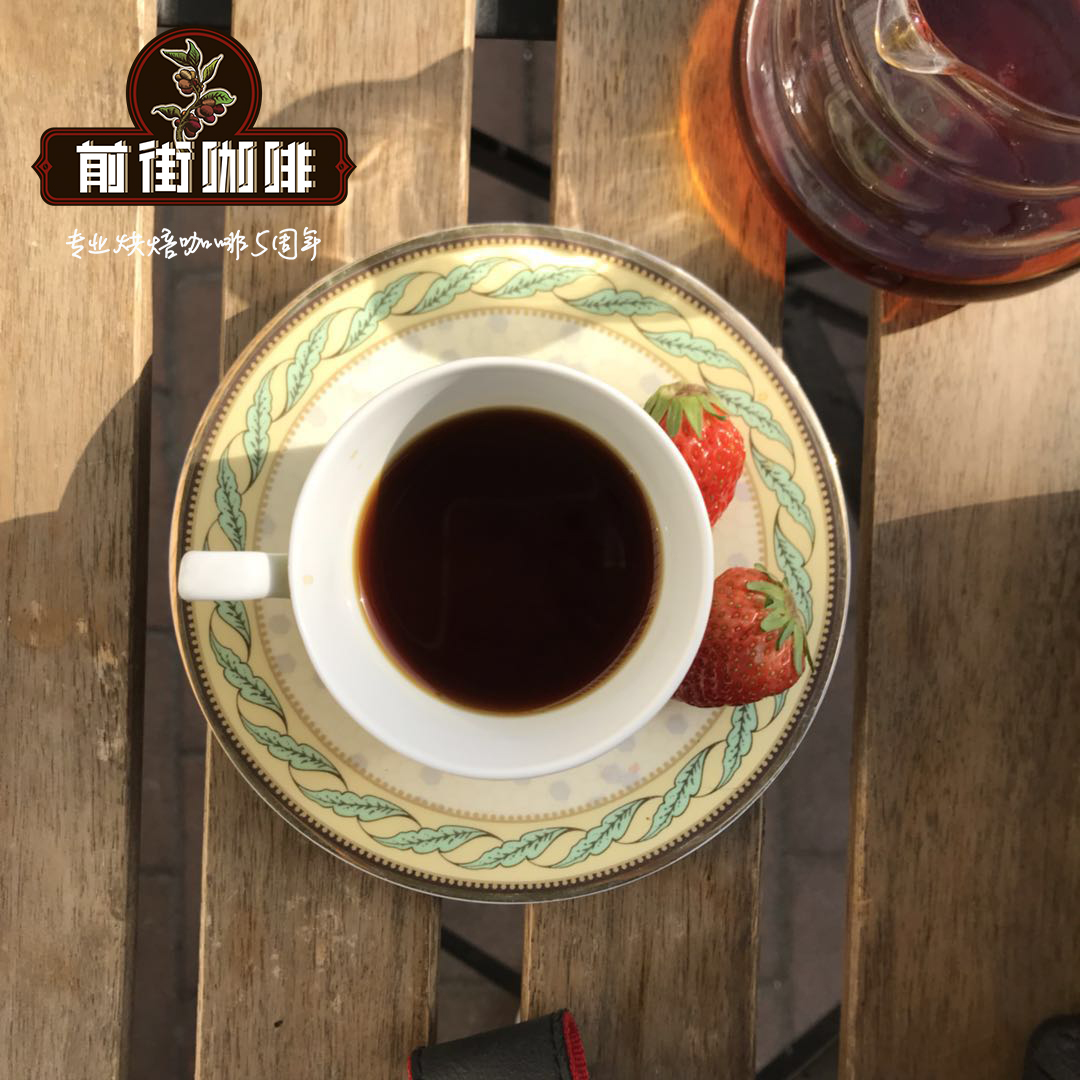
Due to the hard water quality in Europe and the United States (Hard water), it is difficult to obtain the sweetness of coffee beans, so foreigners prefer French filter pot coffee or espresso, because they can extract a stronger coffee flavor, but at the same time these coffees contain a relatively high proportion of coffee oil. Espresso oil is an excellent example.
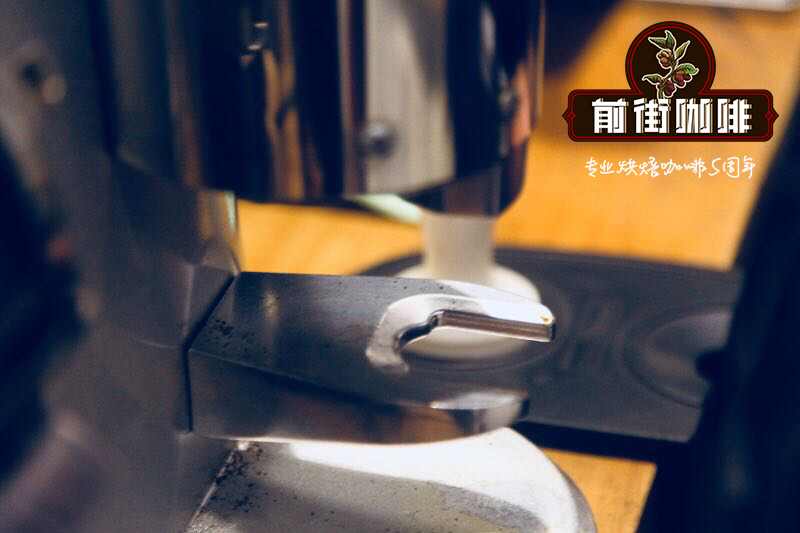
Therefore, whether it is the oil on the surface of coffee beans or the oil in coffee, it will be affected by the method of baking and extraction, there is no absolute difference between good and bad, for coffee lovers, it is just one of the reference pointers. It is more important to taste different kinds of coffee and find your favorite coffee flavor.
Important Notice :
前街咖啡 FrontStreet Coffee has moved to new addredd:
FrontStreet Coffee Address: 315,Donghua East Road,GuangZhou
Tel:020 38364473
- Prev
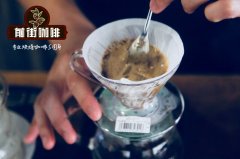
The origin of coffee hand filter cup what are the types of filter cup?
Hand brewing is the most popular way in the third wave of boutique coffee, not only because of its beautiful appearance, but also because of its playability, controllability and ability to meet the needs of different coffee lovers. Hand brewing can better show the flavor of different producing areas, different estates and different coffee. Boutique coffee will be the main trend of coffee development in the world in the future. Coffee filter cup is extract.
- Next
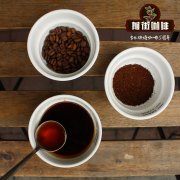
The difference between latte, cappuccino and mocha
Professional coffee knowledge exchange more coffee bean information please follow the coffee workshop (Wechat official account cafe_style) do you know the difference between Latte, Cappuccino and Mocha? When you open the Menu in a cafe or stand in front of the ordering bar, have you ever had such a question, but you don't dare?
Related
- Beginners will see the "Coffee pull flower" guide!
- What is the difference between ice blog purified milk and ordinary milk coffee?
- Why is the Philippines the largest producer of crops in Liberia?
- For coffee extraction, should the fine powder be retained?
- How does extracted espresso fill pressed powder? How much strength does it take to press the powder?
- How to make jasmine cold extract coffee? Is the jasmine + latte good?
- Will this little toy really make the coffee taste better? How does Lily Drip affect coffee extraction?
- Will the action of slapping the filter cup also affect coffee extraction?
- What's the difference between powder-to-water ratio and powder-to-liquid ratio?
- What is the Ethiopian local species? What does it have to do with Heirloom native species?

